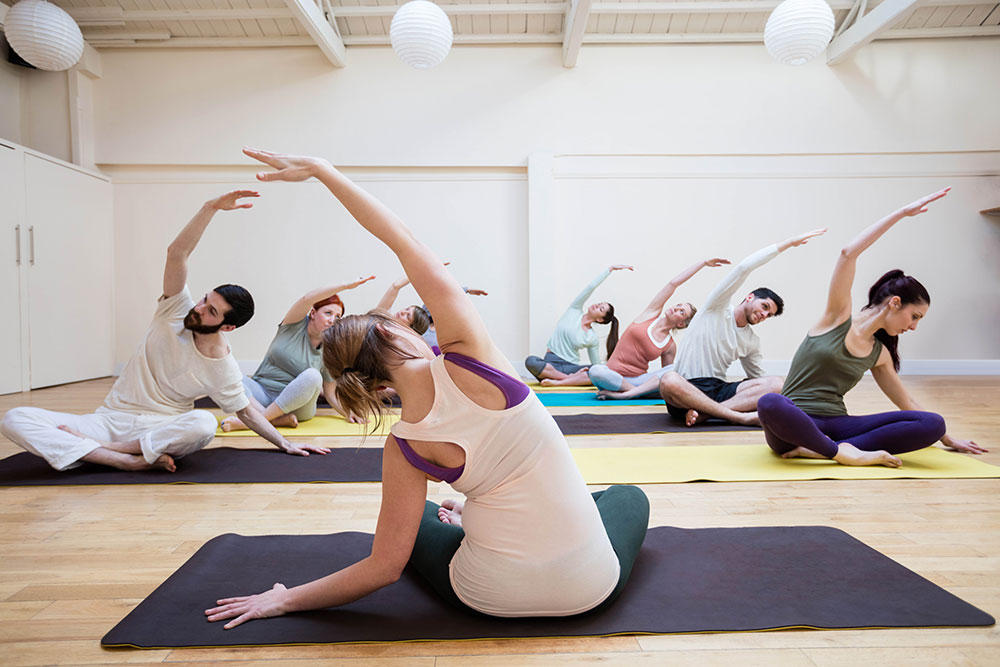
Lumbar region of spine and impotency
The lumbar area of the spine or the lower back plays a vital role in providing maximum mobility and helps with the transmission of the body's weight to the legs. The lowest two lumbar vertebrae (L4, L5) are responsible for the lateral transmission of the body's weight to the legs. Naturally, they are at the maximum risk of wear and tear and, therefore, are the most common sites of lower back pain. The lumbar spine provides a flexible connection between the upper and the lower halves of the body and protects the spinal cord. It is also responsible for the weight-bearing ability of the body.
This spine is not just a physical base of the human body but also a spiritual one. There are six chakras in the spine where prana (energy) is accumulated. These centres are located in the subtle body and correspond to the nerve plexuses in the body.
Manipura is the chakra which is located behind the navel, within the spinal column. It is associated with the solar plexus. The Manipura influences the digestive process and the assimilation of food and prana. It also controls sexual glands and therefore may affect a range of sexual dysfunctions and disorders, including impotence.
A regular practice of yoga and pranayama can strengthen the lower back while also promoting sexual health, keeping a range of disorders and dysfunctions at bay. Here are some asanas which can help in managing the lumbar region of the spine, ensuring its flexibility and strength.
Shalabhasana (locust pose)
This is one of the most effective poses for the lower back and is a great way to work the entire body. Begin by lying down on your stomach and rest your chin on the ground. Your spine should be straight and forehead relaxed. Stay in this position and take a deep breath. While inhaling, raise your right leg as straight and easily as you can. Hold the position and hold your breath for a few seconds. Bring the leg down while slowly exhaling at the same speed.
Repeat with the other leg, followed by practising the asana with both the legs. Repeat 10 times with each leg and 5 times with both legs.
The asana is excellent for the health and fortification of the lumbar region. It improves the coordination between disc and vertebrae and brings the navel (nadi) in alignment.
Tip
As you lift your leg, ensure that you feel some strain in the navel region. At this point, keep inhaling slowly and in tandem with the speed of the leg that is being lifted. Your breathing should feel normal. Those who suffer from acute back problems should avoid practising this exercise with both legs. Do not turn your neck sideways during the exercise.
Naukasana (boat pose)
As the name of the asana suggests, while practising this pose the body mimics the shape of a boat. This pose is especially effective in making the circulation of blood faster throughout the body and is an excellent exercise for the spine.
Technique
Lie flat on your stomach and take deep breaths. Bring both hands in front while keeping the neck, face and head relaxed without any stiffness. Inhale and raise your hands and legs. Raise your head and chest simultaneously. Feel the weight of your body on your stomach while your body must look like a boat. Keep breathing normally and hold the pose for a few seconds. Exhale and come back to the normal posture. Repeat at least 5 times.
Tip
Those suffering from issues in the cervical region of the spine or blood pressure problems must avoid doing this asana or practice it under guidance. Perform it on an empty stomach.
Naukasana is beneficial in countering spinal issues of the lumbar and the cervical region of the spine, especially in cervical sodalities. It helps in blood circulation and activates the navel region which may resolve gastric problems.
Bhujangasana (cobra pose)
Practising the cobra pose is excellent as it gives a nice stretch to the back muscles and the spine. The posture revs up blood circulation to the spinal region. This is one of the asanas that prevent many ailments altogether. The pose enhances mental stability and maintains peace of mind. It also helps in increasing the parasympathetic nerves and motor nerves system.
Technique
Lie down on the stomach with legs together, those who suffer from obesity can spread their legs a bit. The chin should touch the ground and each palm should be in line with each shoulder. As you inhale, slowly raise the upper body just like a snake and hold the posture for 5 to 10 seconds. Do not hold the breath; slowly return to your original position while exhaling.
Tip
Do not hold your breath while holding the posture. Keep the elbow straight. Roll your shoulders back, take the head back slightly and look up. You can stay in this pose for 5 to 10 seconds after you have practised for several days and are comfortable with the pose.
You should be able to feel some stress in your spine, upper stomach and the diaphragm. Those with any surgery in the lumbar region of the spine should practice this posture with legs apart.
Practising this posture is great for the blood circulation as well as for the shoulders, the chest and the diaphragm, abdominal muscles, upper back muscles, lower back muscles, hip muscles. It also targets various regions of the spine such as the lumbar, thoracic and the cervical areas.
People suffering from a slipped disc can benefit a great deal out of this asana. It strengthens the lumbar region by increasing the blood circulation and also balances the digestive and the excretion processes of the body. It activates the liver and kidneys and alleviates stress.
Bhujangasana helps regulate pituitary gland secretions and problems related to menstruation besides other gynaecological issues and sexual disorders.
Practice these asanas under the strict supervision and guidance of a certified yoga teacher or guru. With Yogi Anoop, you can learn more about spinal health and ways through which it could be strengthened with the help of yogic postures and pranayama techniques.
Copyright - by Yogi Anoop Academy
